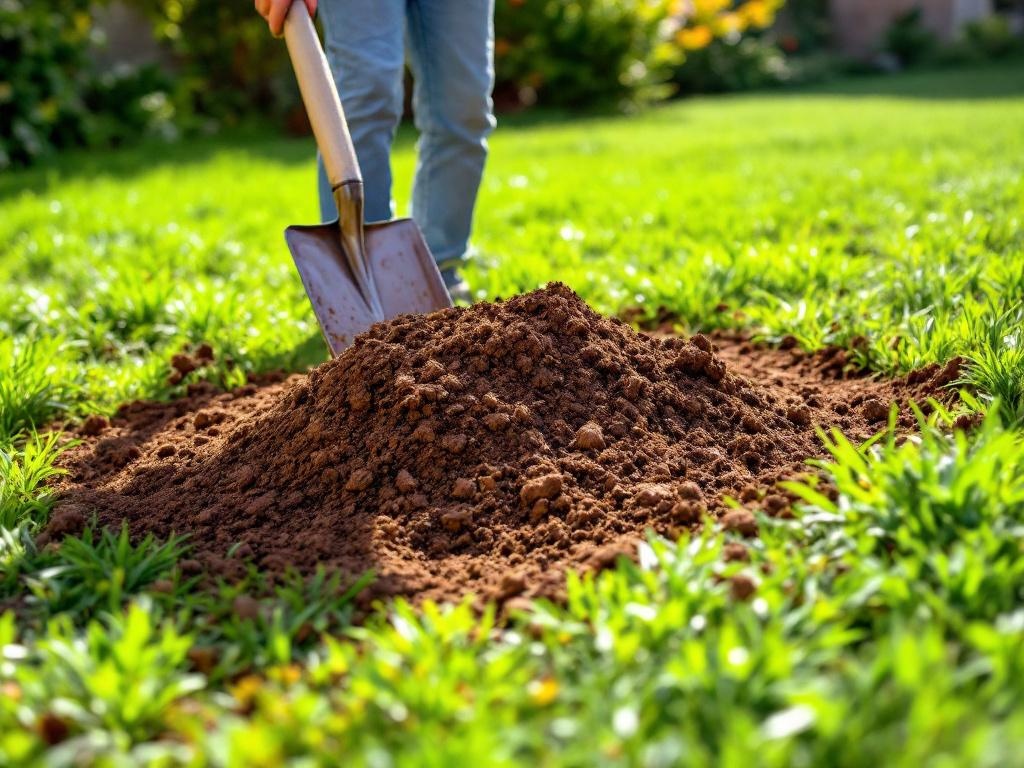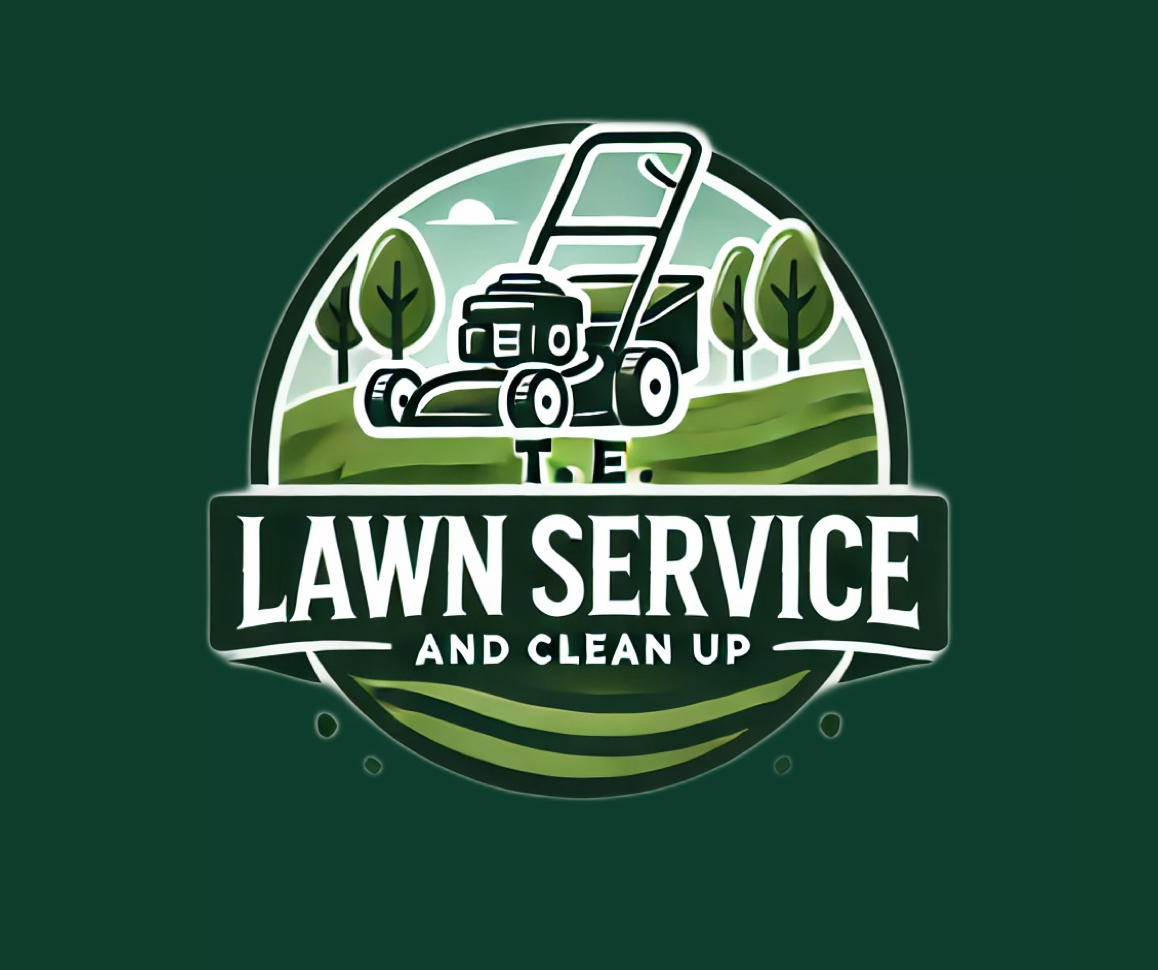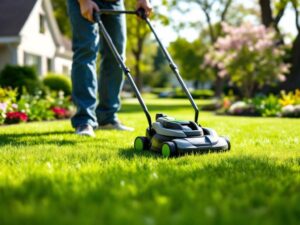Introduction
If you want your lawn to grow thicker, greener, and more resilient, top dressing with compost is one of the most effective and natural methods you can use. This process involves spreading a thin layer of organic compost over your lawn to improve soil structure, encourage microbial life, and enhance nutrient availability. It’s a bit labor-intensive but entirely doable for the average homeowner in a single weekend.
What Is Top Dressing?
Top dressing is the process of applying a layer of material—usually compost, sand, or soil—over your lawn without killing or removing the existing grass. It’s commonly used to correct minor depressions, reduce thatch buildup, and enrich poor soil.
Benefits of Compost Top Dressing
- Improves soil health: Adds organic matter and beneficial microbes.
- Reduces thatch: Helps break down dead grass layers naturally.
- Boosts drainage: Compost helps loosen compacted clay soils.
- Enhances root growth: Promotes deeper, stronger roots.
When to Top Dress Your Lawn
- Cool-season grasses: Early fall or spring
- Warm-season grasses: Late spring or early summer
Always combine top dressing with aeration for best results.
Tools and Materials You'll Need
- Compost (screened and aged)
- Wheelbarrow
- Flat shovel or pitchfork
- Metal rake or landscape leveling rake
- Core aerator (optional but highly recommended)
- Gloves, hose, and a broom (for cleanup)
Step 1: Mow and Rake Your Lawn
Begin by mowing your grass slightly shorter than usual to expose the soil and allow compost to reach the roots. Then, remove leaves, debris, or heavy thatch. If you notice thick thatch, consider dethatching before continuing.
Step 2: Aerate the Lawn
Use a core aerator to punch holes in the lawn. This loosens compacted soil and allows compost to penetrate deeper. You can rent one from a local hardware store for under $50 per day. Aerating before top dressing dramatically improves the impact of compost.
Step 3: Load and Spread the Compost
- Use a wheelbarrow to move compost across your yard in small batches.
- Use a flat shovel or pitchfork to fling compost evenly across each section.
- Aim for a layer no deeper than ¼ to ½ inch thick.
Pro Tip: Screened compost is best. Large chunks will sit on top of the grass and prevent photosynthesis.
Step 4: Rake to Distribute Evenly
Use a landscape rake or backside of a leaf rake to work the compost into the turf. The goal is to see about 50–70% grass still showing after you’re done. You don’t want to smother the blades—just settle compost into the soil line.
Step 5: Water Lightly
Water your lawn gently to help settle compost into the soil and wash fine particles down through the turf canopy. Don’t overwater—just a light soak to assist integration.
Step 6: Resume Normal Lawn Care
- Wait 5–7 days before mowing again.
- Continue regular watering schedule.
- Fertilize only if needed (compost often supplies enough nutrients).
Recommended Compost Types
| Compost Type | Best For | Notes |
|---|---|---|
| Screened organic compost | All lawns | Balanced and clean; low risk of weed seed |
| Mushroom compost | Clay soils | Lightens dense soil; slightly alkaline |
| Composted manure | Nutrient-poor lawns | Very nutrient-rich—don’t overapply |
Common Mistakes to Avoid
- Using raw or fresh compost: It can burn your grass or contain weed seeds.
- Spreading too thick: More than ½ inch can smother your lawn.
- Skipping aeration: Compost won’t reach the soil as effectively.
- Not raking evenly: Lumpy spots can lead to uneven growth and scalping when mowing.
Estimated Cost & Time
| Item | Cost | Time |
|---|---|---|
| Compost (1–2 cubic yards) | $40–$100 | 2–4 hours |
| Aerator rental (optional) | $45–$60/day | 1–2 hours |
Final Thoughts
Top dressing your lawn with compost is one of the most cost-effective and environmentally friendly ways to improve turf health. In a single day, you can breathe new life into your soil, improve drainage, and give your lawn the nutrients it needs to thrive—without chemical fertilizers. Add this to your seasonal routine and watch your grass grow better every year.





